Publications
Articles, publications, books, tools and multimedia features from the U.S. Institute of Peace provide the latest news, analysis, research findings, practitioner guides and reports, all related to the conflict zones and issues that are at the center of the Institute’s work to prevent and reduce violent conflict.

The Jihadi Threat 1: The Future of Extremism
Jihadism has evolved dramatically and traumatically since the 9/11 attacks. Movements, leaders, targets, tactics, and arenas of operation have all proliferated in ways unimagined in 2001. The international community has mobilized unprecedented force against an array of jihadis, with mixed results. The United States alone has spent trillions of dollars—in military campaigns, intelligence, law enforcement, homeland security, and diplomacy—to counter jihadism. Progress has been made; fewer than ...

The Jihadi Threat 2: Whither the Islamic State?
In the twenty-first century, the most stunning development in radical Islamist ideology was the creation of the Islamic State in 2014. ISIS is a descendent of al-Qaeda, but it has propagated an interpretation of jihadism both more urgent and aggressive than any previous group’s.
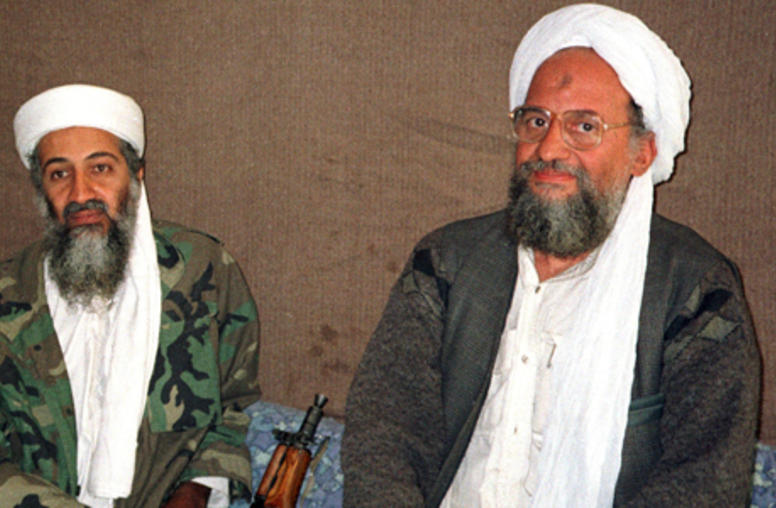
The Jihadi Threat 3: Whither al-Qaeda?
Once the uncontested leader of global jihadism, al-Qaeda has been dealt two blows since 2011: its charismatic leader, Osama bin Laden, was killed by the United States in May 2011; and in mid-2014, it was eclipsed by ISIS and a new “caliphate.” Al-Qaeda’s shift away from public view may be strategic and deliberate. It has shaped global jihadism in subtle and shadowy ways in recent years, even as it faded from public view.

The Jihadi Threat 4: Whither Jabhat Fateh al-Sham?
By 2016, Jabhat Fateh al-Sham in Syria (originally known as the Nusra Front) was al-Qaeda’s most successful franchise. Its name means Front for the Conquest of Sham (an area that covers more than Syria). It was formally announced in 2012, but it had roots in earlier incarnations as both al-Qaeda in Iraq (2004–06) and the Islamic State of Iraq (2006–13). It grew out of the Islamic State of Iraq’s decision, in mid-2011, to send seven fighters to Syria to provide logistical support for jihadists...
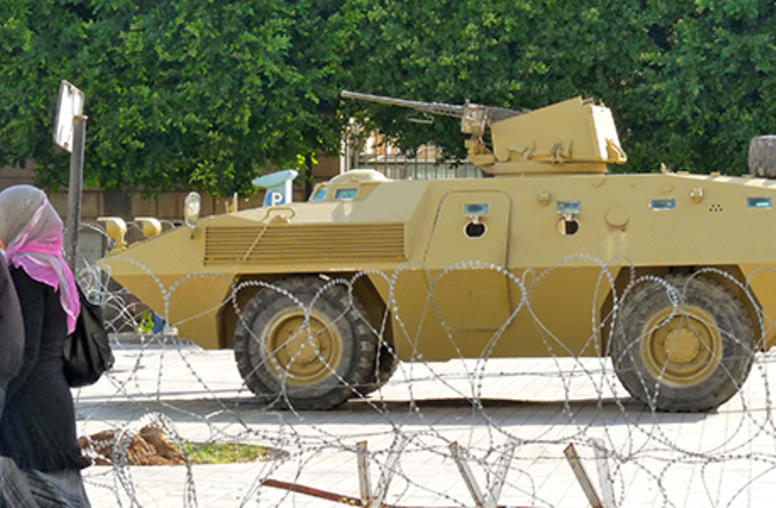
The Jihadi Threat 5: Drivers of Extremism
Jihadism has always been produced by a confluence of factors. Some individuals are motivated to join jihadist movements by ideology, the desire for meaning and belonging, anger at the West, even wanderlust. Other conditions enable jihadism to flourish. They include the volatile mix of shifting demographics, notably a surge of youth, higher literacy, and greater social aspirations intersecting with economic woes, growing unemployment, and deepening political malaise or disillusionment. The mix...

The Jihadi Threat 6: Policy Considerations
The Muslim world is in a deep state of flux. A confluence of trends—ideological, geostrategic, sectarian, demographic, economic, and social—will shape the future of jihadism. In crafting policies to deal with jihadi movements, the United States and its allies face complex challenges. They cannot fight terrorism by simply “fighting” terrorism. Military means can disrupt, but they can’t permanently dismantle or reverse a trend initially spawned by deep political discontent.
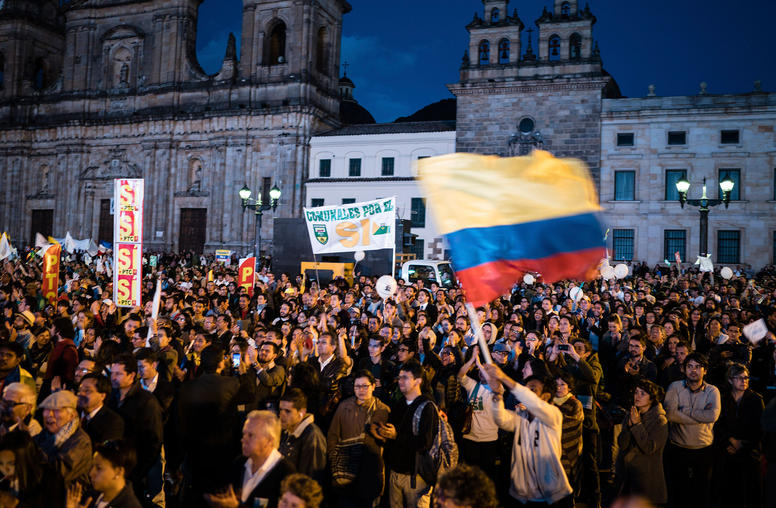
Standing by Colombia for Peace, as in War
When Colombian President Juan Manuel Santos accepts his Nobel Peace Prize this week in Oslo for pursuing an end to a half century of conflict, Americans can take a measure of pride.
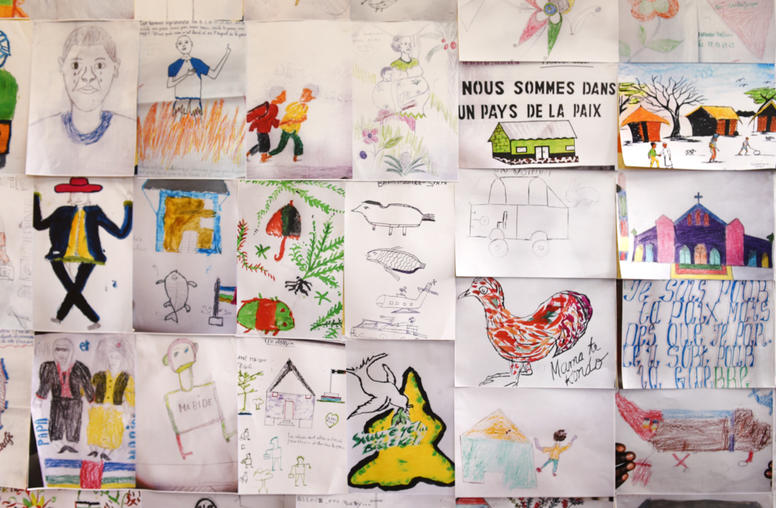
Q&A: Central African Republic Waiting for Peace
Nine months after the Central African Republic (CAR) held free, peaceful and democratic elections for president and parliament, the country continues to struggle for stability and progress. Half of the country remains in need of humanitarian aid, and an increase in violent incidents since September threatens to destabilize any progress made to date. At the end of November, clashes between factions of the ex-Séléka, a formerly united alliance of primarily Muslim armed groups, left 85 dead, 76 injured and 11,000 newly displaced.
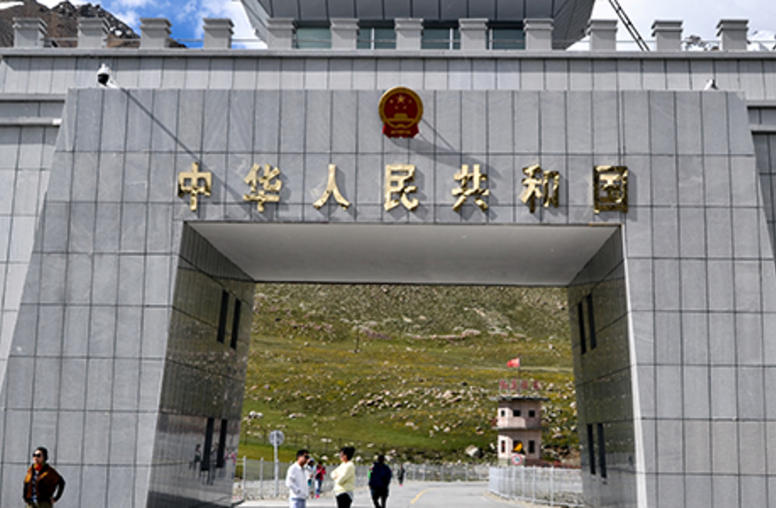
China-Pakistan Economic Corridor: A Road to Peace?
Three weeks ago, trucks carrying goods from China began offloading containers to ships at the Pakistani port of Gwadar, marking the operational opening of the Chinese built-and-financed China-Pakistan Economic Corridor (CPEC). The scale of the $51 billion infrastructure scheme will change Pakistan in ways that offer hope for easing its internal conflicts and its destabilizing fear of international isolation, experts said in a discussion at the U.S. Institute of Peace.
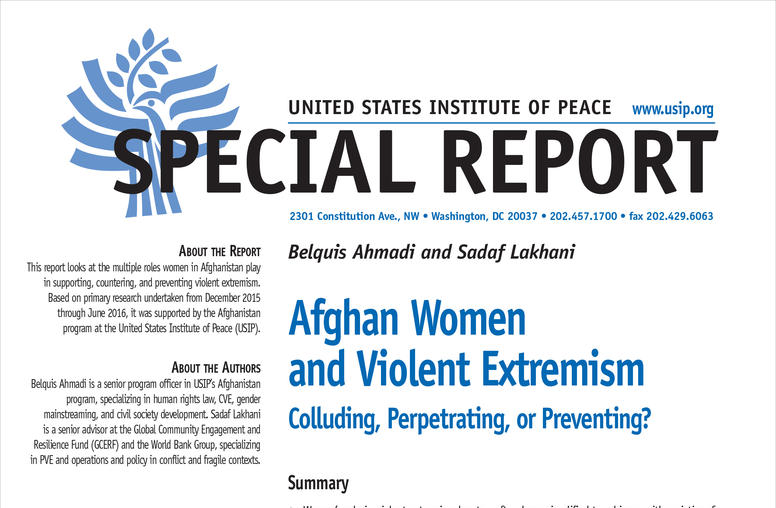
Afghan Women and Violent Extremism
In Afghanistan, the actions and narratives of violent extremist groups threaten to roll back many of the gains and hard-won rights of women over the last fifteen years. Women have long been cast in a binary light—as either disempowered victims or deviant anomalies—but in fact are involved in a wide range of activities, from peacebuilding to recruiting, sympathizing, perpetrating, and preventing violent extremism. Drawing on more than one hundred interviews in the field in Afghanistan, this re...